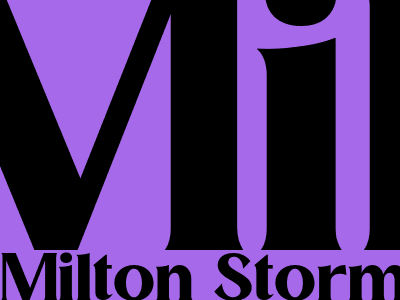
Milton Storm
Unlocking the Secrets: A Comprehensive Guide to Storm Management
Navigating the Tempestuous Waters: Understanding Storm Systems
Hurricanes, tornadoes, blizzards, and thunderstorms—storms are a force of nature that can bring devastation and disruption. Understanding the different types of storms and their behavior is crucial for effective storm management. Cyclonic storms, like hurricanes and typhoons, rotate around a low-pressure center and are fueled by warm ocean waters. Tornadoes are violent, rotating columns of air that extend from thunderstorms and cause localized destruction. Blizzards are severe snowstorms with high winds and reduced visibility, often caused by winter cyclones. Thunderstorms are characterized by lightning, thunder, and heavy rainfall or hail.
III. Storm Preparedness: Mitigating the Impact
Advance preparation is vital for minimizing the impact of storms. Develop a comprehensive emergency plan that outlines evacuation routes, communication procedures, and shelter arrangements. Secure loose objects outdoors and reinforce windows and doors to prevent damage. Stock up on essential supplies, such as non-perishable food, water, batteries, and first aid kits. Stay informed by monitoring weather forecasts and warnings issued by official sources.
IV. Storm Response: Staying Safe and Informed
When a storm strikes, seek shelter immediately in a designated safe location. Stay away from windows and doors, and avoid unnecessary travel. Monitor weather updates and follow instructions from local authorities. If evacuation becomes necessary, follow the designated routes and seek shelter in an evacuation center. After the storm, be cautious of downed power lines and other hazards. Contact your insurance company to report any damage and begin the claims process.
V. Storm Recovery: Rebuilding and Resilience
The aftermath of a storm can be overwhelming, but it is essential to remain resilient and focus on recovery. Assess the damage and contact contractors for repairs and cleanup. Reach out to disaster relief organizations or government agencies for assistance. Prioritize repairs to ensure safety and restore essential services. Collaborate with community members and local authorities to clean up debris and rebuild damaged infrastructure.
VI. Storm Risk Reduction: Proactive Measures for Resilience
Reducing the risk of storm damage requires proactive measures. Enhance building codes to make structures more resilient to high winds and flooding. Implement flood control systems, such as levees and dams, to mitigate the impact of heavy rainfall. Promote sustainable land use practices and protect natural ecosystems, which act as buffers against storm surges and erosion. By investing in risk reduction, communities can minimize the devastating effects of future storms.
Komentar